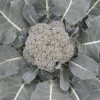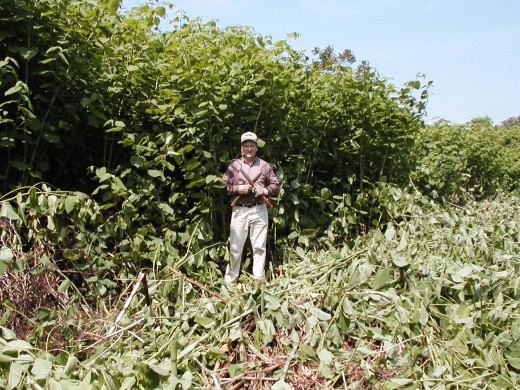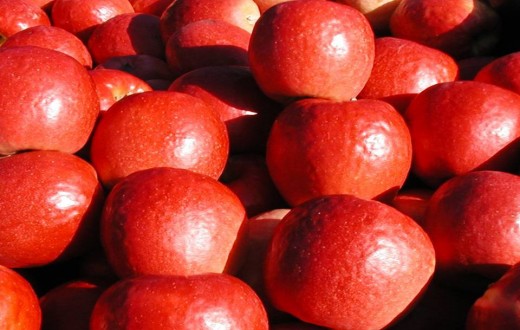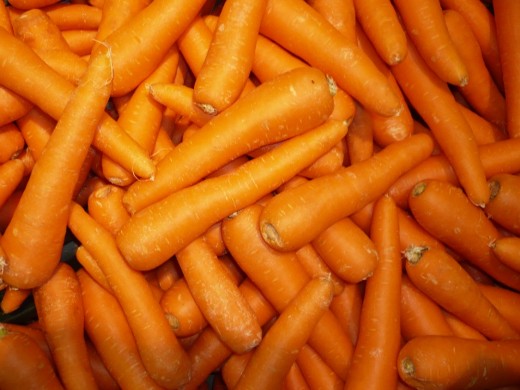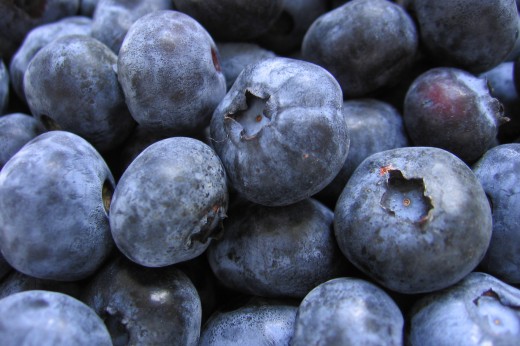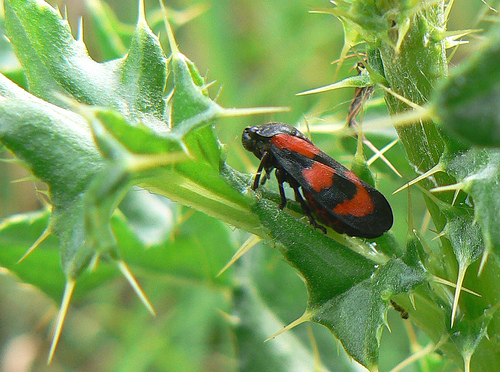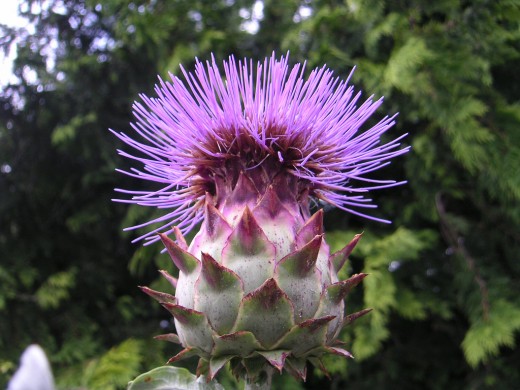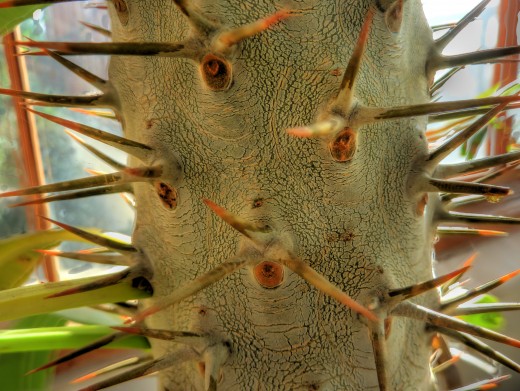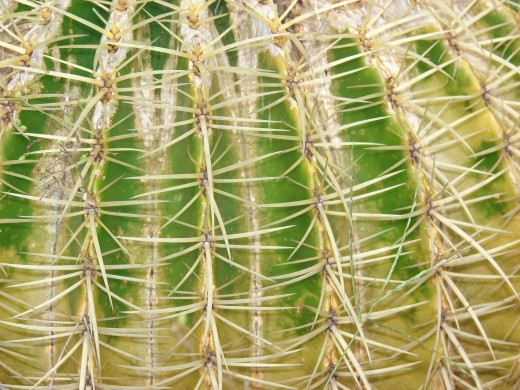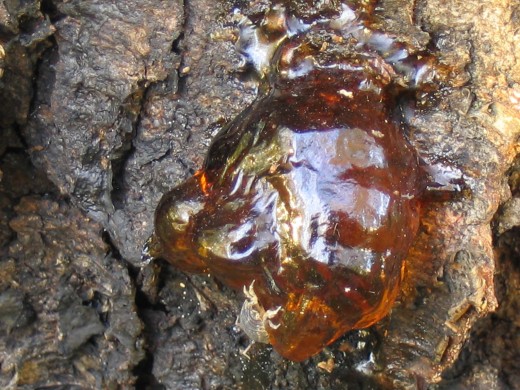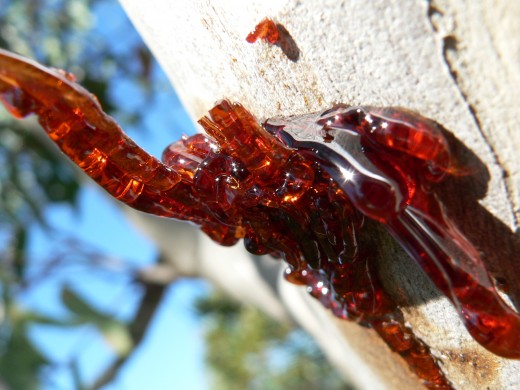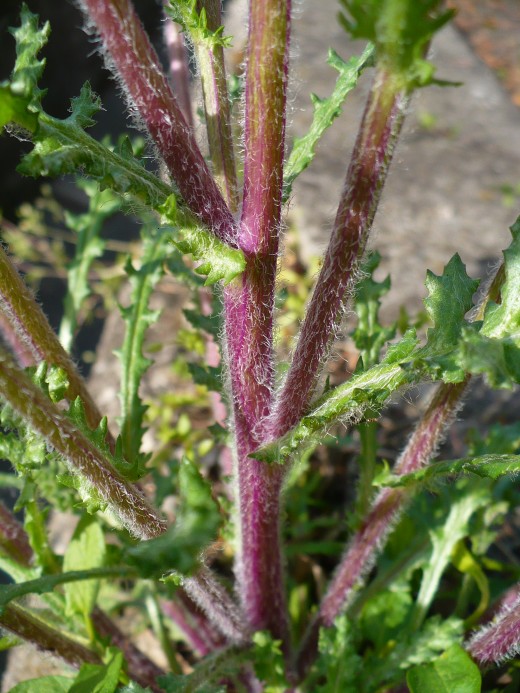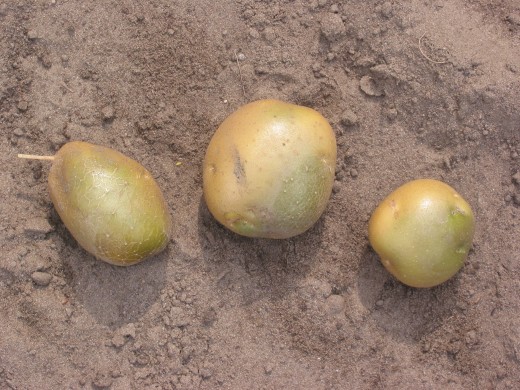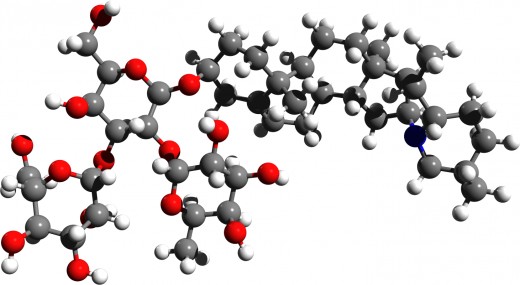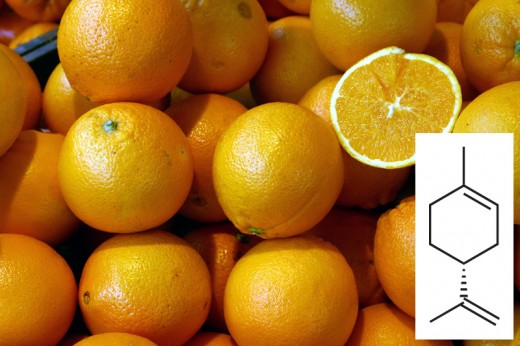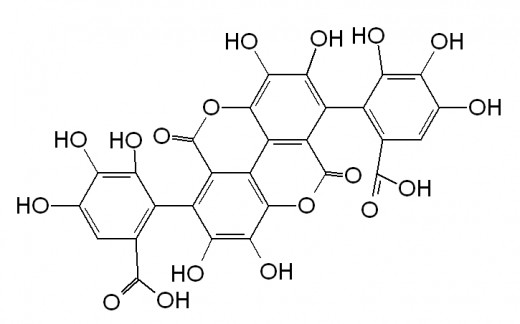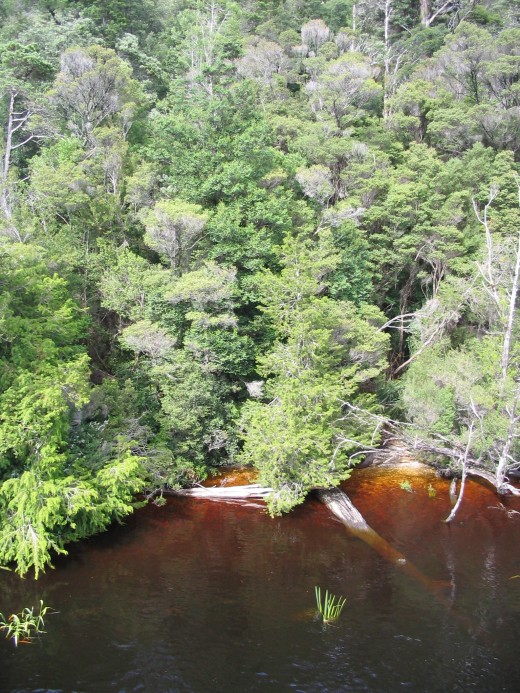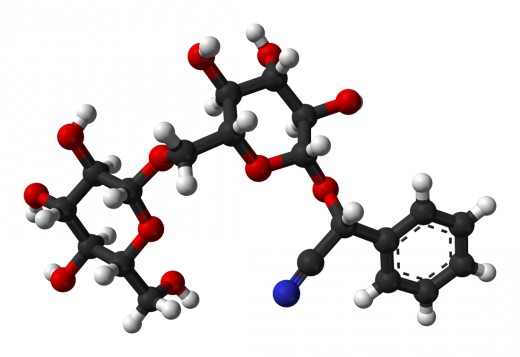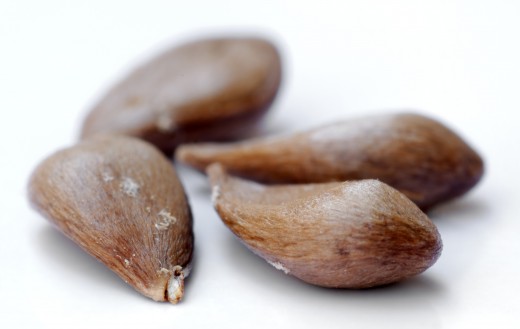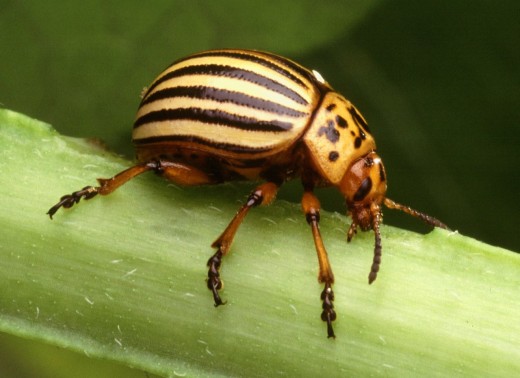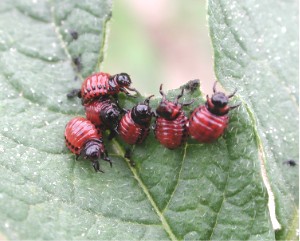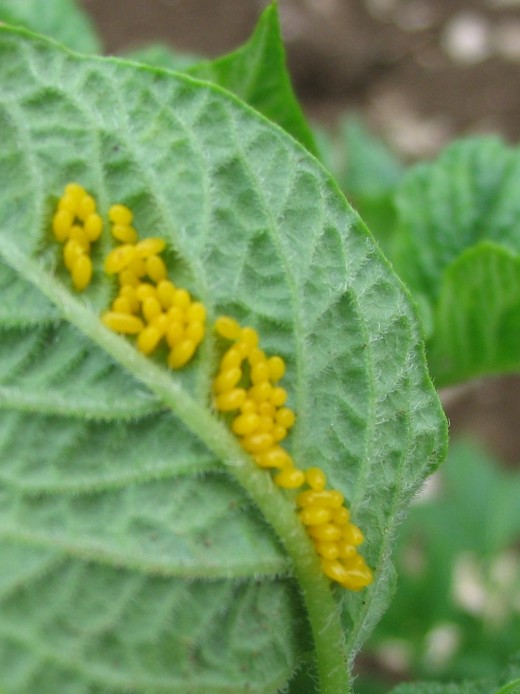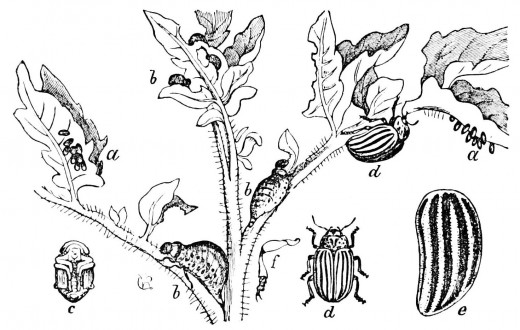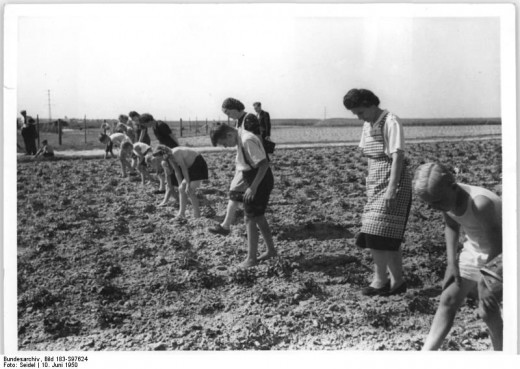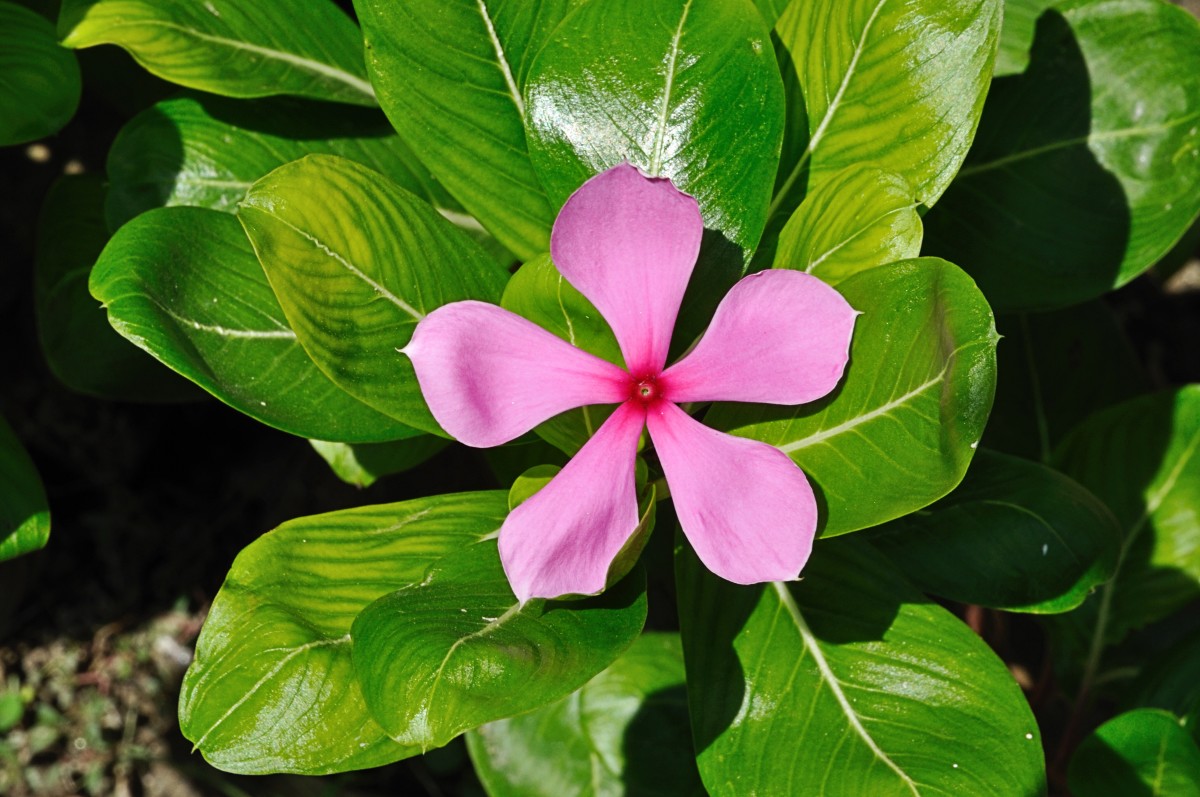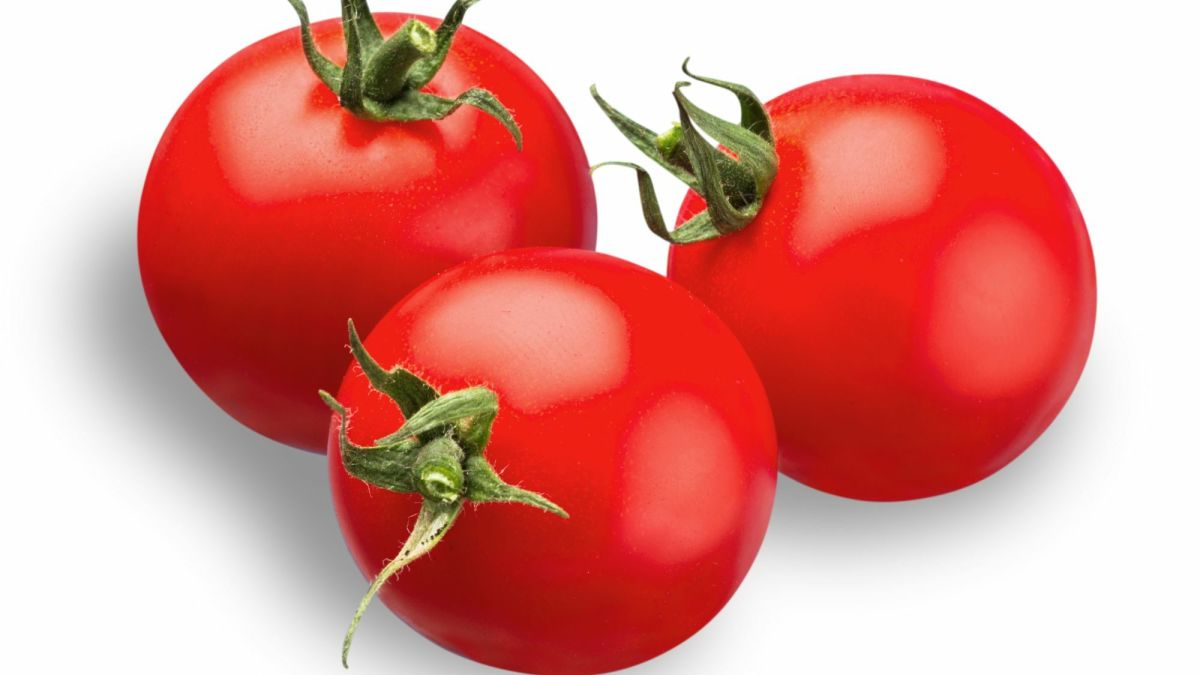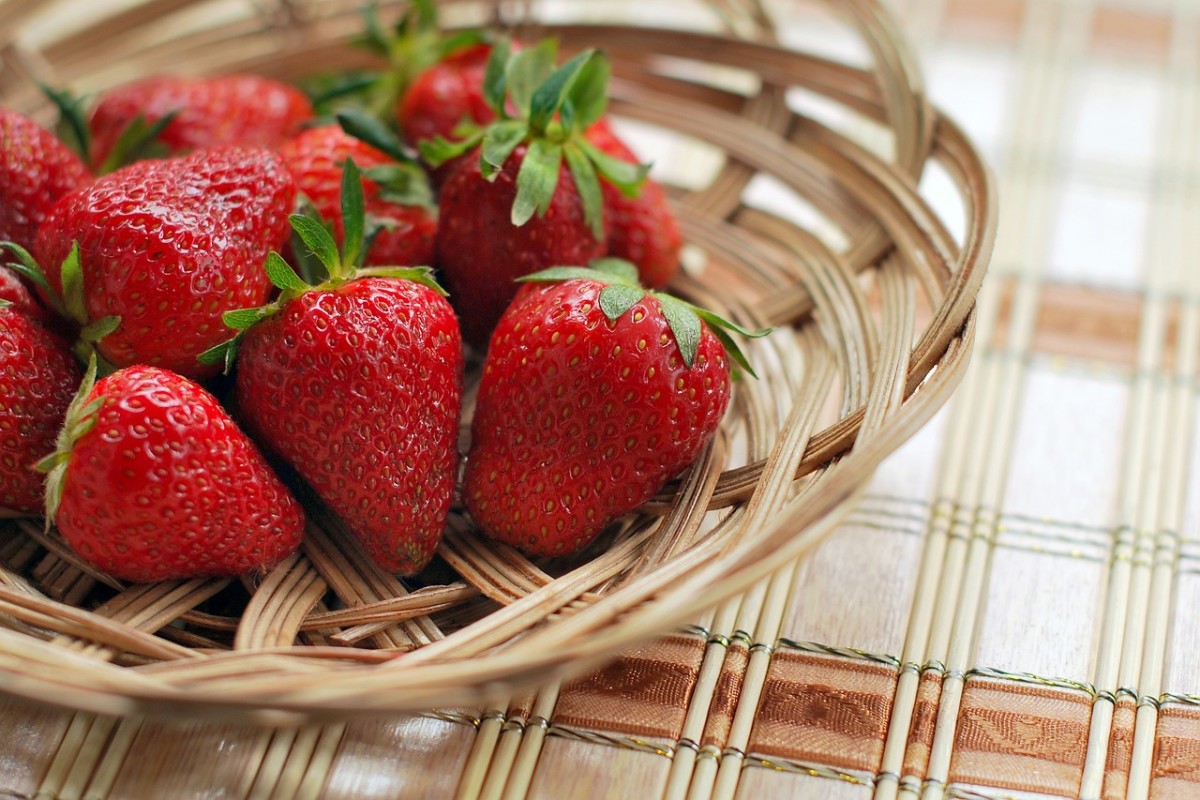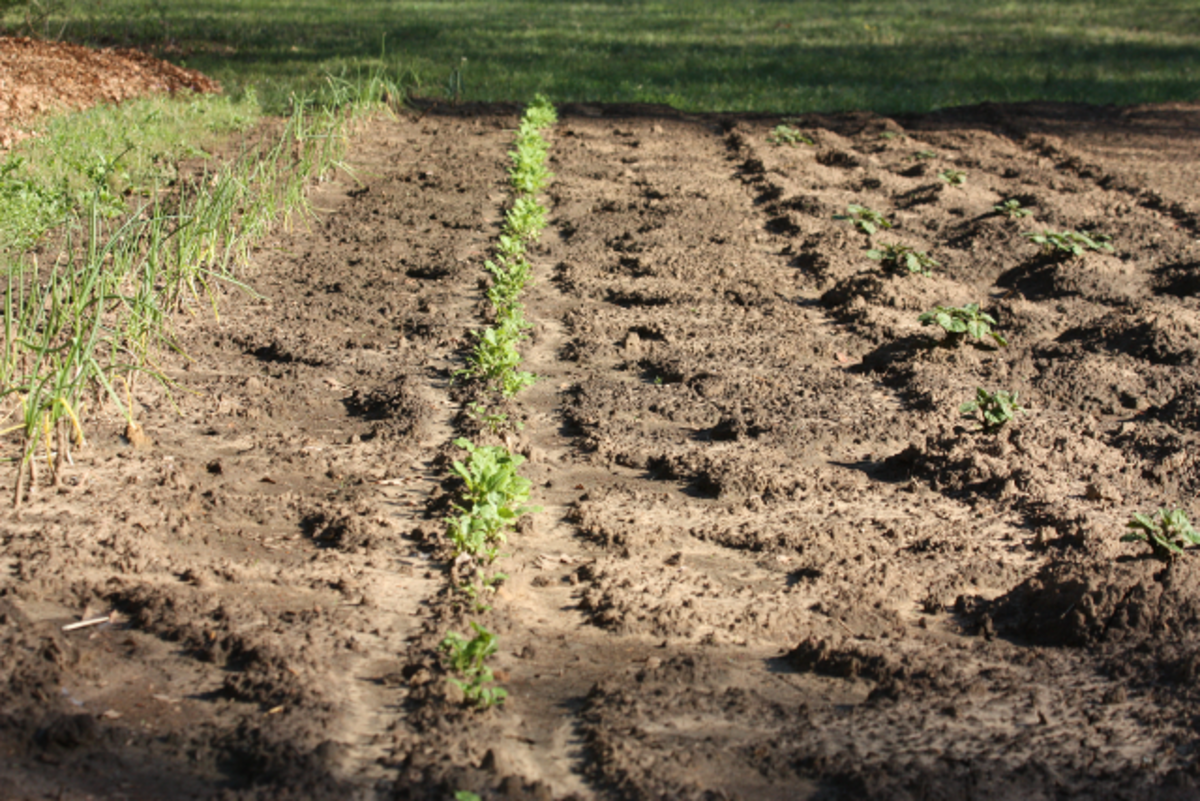Natural Plant Chemicals: Vital Nutrients for a Healthy Diet, Natural Chemical Arsenal, or Both?
The world is still green!
Click thumbnail to view full-size




Chemicals in Plants?
A discussion about the secondary chemicals naturally present in fruits and vegetables, indeed in most sedentary or slow moving forms of life on earth including fungi and sea sponges, usually is immediate cause for raised eyebrows and furtive glances, especially in non-scientific circles.
By secondary plant metabolites, I mean the chemical by-products that are produced by primary plant metabolism. Primary plant metabolism involves the essential chemicals of life i.e.; carbohydrates, proteins, fats and chlorophyll that are directly involved in plant growth and development.
Secondary plant chemicals were, up until recently, thought to be either plant waste products or defensive chemicals for example, solanine, which is an alkaloid present in that green potato skin that you have been told not eat since you were a child, with good reason, it's a nerve toxin and at high doses can induce sickness or even death. A 160 pound adult would probably need to eat several pounds of green potatoes to experience symptoms of dry mouth, heart palpitations and possibly delirium, a higher dose could cause paralysis and even death.
However, anyone who eats potatoes has solanine floating around in their blood stream in parts per million. That is, at very low levels which run the course of the natural de-toxifying capabilities in the human body and are then harmlessly excreted. This is usually where someone will want to change the subject.
Unfortunately, talk about chemicals doesn't fit the conventional narrative of purity that we associate with the fresh fruits and vegetables that we love so much and are so good for us. "Conventional" wisdom says that "chemicals" are toxic and dangerous and associated with environmental pollution and big evil corporations not with the pristine organic victory garden or the charming and colorful flower bed.
Truth is, the natural world if anything, is a continual, relentless theater of chemical interaction. Much of it in the realm of chemical warfare, completely natural chemical warfare, this is why the world is still green with plants. This is where it gets difficult, I can almost feel the world views beginning to crumble, but...well... food is chemicals.. there I've said it.
Natural Chemicals on Your Plate
While many of the chemicals in plants are familiar to our nutritional sensibilities i.e.; proteins, fats, carbohydrates and vitamins, there are many chemicals in plants that serve other purposes for the plant and those purposes include self defense.
Let me throw in a quick disclaimer here; I will not be using the information in this article to convert you into a flaming carnivore, but merely to assist those who may have chemo-phobic tendencies, especially with regards to food consumption, to breathe a little freer as they contemplate their next meal.
My goal is to expand awareness, reduce food anxieties and increase your gustatory enjoyment. What could be more natural? Seems to me like there are already plenty of voices out there ramping up the tension for the hapless food consumer serving one agenda or another. We'll have none of it here. So let's get on with it.
Fruits and vegetables grown in your own garden or bought from a local farmer's roadside stand or supermarket should be a substantial part of everyone's healthy eating diet. They are good sources of natural vitamins, minerals and those natural chemicals known as anti-oxidants, which are now appreciated as vital nutrients. Many of the anti-oxidants are in the form of plant pigments or the red, purple, blue, and yellow colors that make fruits, vegetables and flowers so attractive to the eye. Thus the well known phrase of whole food nutritionists "put a rainbow in your plate" is used to encourage a plentiful complement of this class of nutraceuticals into every healthy diet plan.
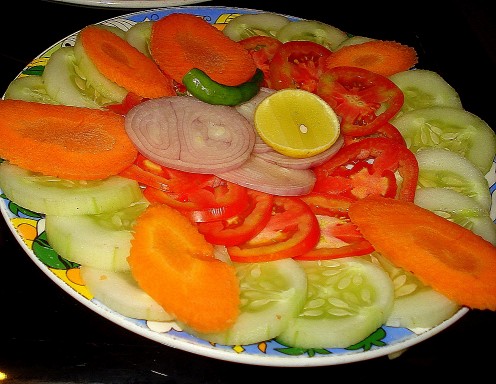
The Two Major Categories of Naturally Occurring Plant Chemicals
1) Primary Plant Metabolites or chemicals that are essential for growth and development, respiration, photosynthesis, and basic cellular function i.e.; proteins, fats, carbohydrates, and chlorophyll and..
2) Secondary Plant Metabolites or phytochemicals, which up until recently, were thought to be byproducts of primary metabolism that were stored in plant tissue in crystalline form because it is difficult for plants to eliminate solid waste like animals can so effectively do. Secondary plant metabolites were, and largely still are, thought to serve in a defensive capacity giving plants protection from being eaten by herbivores (plant eaters) by virtue of their generally bitter taste and even toxicity. Ever eat a pine tree? (Remember Euell Gibbons?)
From
here on I will refer to secondary plant metabolites using the general
term phytochemicals.
Phytochemicals
are now appreciated in a wider context than merely as waste products or
defensive chemicals and are now thought to function as plant signal transduction
compounds for development, important in pollen development and tuber (i.e.; potatoes)
formation, and also in regulation of plant senescence or aging.
In the wild, plants are sitting ducks for being eaten, they can't run or fight back with tooth and claw. Plants need unique defenses from insects, mammals, birds and even diseases in order to survive and reproduce in the wild. Our domesticated food plants are coddled and, shall we say, unnaturally protected by the third-party cultivator in comparison. So if plants are going to compete, on their own, in that jungle out there they need some effective defenses.
The two major lines of plant self-defense are physical and chemical. Physical defenses include thorns, spines, coarse hairs, resins, gums and waxy coatings. Chemical defenses, which we will consider in some detail here, are much more numerous and varied in nature.
Plant Physical Defenses
Click thumbnail to view full-size






The Four Major Classes of Phytochemicals Include:
1) Phenolics - this is the largest chemical class and includes tannins, which give tea it's astringent flavor and flavanoids, which include the colorful plant pigment flavanols (white, yellow) and the anthocyanins (reds, blues, and purples). These phtyochemicals have fungicidal and antioxidant properties. Remember the exhortation of nutritionists to " put a rainbow on your plate"? These colorful pigments that give plants visual beauty are, we discover, when consumed in vegetables and fruits, expressing the active antioxidant properties that give protection from bombarding free radicals that wear out and destroy cells in our bodies.
2) Terpenes - includes many pigments carotenoids (orange & yellow pigments) with antioxidant properties and many volatile oils including menthol and limonene that have antimicrobial properties and act as insect attractants or repellants. Carrot juice is good for you in moderation, but remember, the vitamin A tied up in those orange pigments is fat soluble and can build up to toxic levels in the body if consumed in excessive quantities. Shark liver contains vitamin A in such high levels that it is acutely toxic if consumed.
3) Alkaloids - these are bitter nitrogen based compounds that act as nerve toxins to unwanted plant consumers including the aforementioned solanine in green potatoes; caffeine, the most familiar ingredient of coffee and tea, and; nicotine, a well known neurologically active component of tobacco. These common alkaloid chemicals consumed in food at naturally very low levels may act as stimulants to the nervous system and then be harmlessly excreted by the natural metabolic processes of our bodies but if purified and consumed in large dose could be fatal.
4) Cyanogenic glycosides - these are compounds that produce cyanide, for example, from the amygdalin contained in the seeds of apples and peaches. Remember your grandmother instructing you to spit out those apple seeds! It would take more than a few seeds to make you sick. Cassava, a major source of starch in Africa, Asia and South America requires soaking, cooking and a fermentation process prior to consumption to remove cyanogenic glycosides before it is edible.
Plant Chemical Defenses
Click thumbnail to view full-size






Are Phytochemicals Safe to Eat?
Now we come to the point where the question arises: OK, so food plants contain natural chemicals that are classified as toxins at high doses, but at the low doses that we experiences them in our diet why don't they harm us and why may they in fact be good for us? Paracelsus (1493-1541), the father of modern toxicology had a good maxim to go by, "the dose makes the poison". In other words at some level every chemical substance becomes poisonous, even water, plain old H20, can become toxic at excessive levels. In fact we ingest substances in small doses all the time (medicines, alcohol, caffein, etc.) that at higher dosages would be moderately to extremely poisonous.
Fruits and vegetables in the developing world that continue to be staples of indigenous diets still contain high levels of toxic phytochemicals (i.e.; cassava root – cyanogenic glycosides). We in the developed world benefit from thousands of years of selective breeding that has reduced the levels of many of the chemicals that make these foods distasteful or even hazardous to eat.
One modern example comes to mind with the Lenape potato. As previously mentioned potatoes, members of the family Solanacae, naturally contain the glycoalkaloid chemicals solanine and chaconine in the 25-150mg/kg range which is acceptable for human consumption. These chemicals, because of their toxicity as nerve toxins, act as natural deterrents to insect feeders such as the Colorado potato beetle, which can devastate a potato crop in short order. As mentioned before, this is an example of where glycoalkaloid chemicals in potatoes were selected for low levels over thousands of years of breeding to make them more palatable and safe to eat by our ancestors.
However, interestingly, in recent times some potato breeders decided to try to breed pest resistance back into potatoes by crossing a commercial variety with a wild type from Peru to convey insect resistance to the potato beetle back into the potato plant. By doing this they inadvertently increased glycoalkaloid levels. The resulting levels were high enough to cause sickness to the researchers who consumed them. The Lenape potato is no longer commercially available. There are several other examples, i.e.; psoralens in celery were increased by selective breeding to ward off insect pests at high enough levels to cause severe dermatitis in harvest workers. Psoralens are the natural chemical that at normal levels, give that little buzz to your lips when you eat celery.
Phytochemical research is in its' infancy relative to other areas of botanical research. There are lifetimes of research yet to conduct that will increase the basic understanding of phytochemical bio-activity and function that we now have. We are just beginning to uncover the roles phytochemicals serve in plants and in those who consume them.
Colorado potato beetle
Click thumbnail to view full-size




Get more antioxidants in your diet.
How Much of These Phtyochemicals Do We Eat in Our Diet?
Bruce Ames, Biochemist at UC Berkeley, has asserted, based on extensive epidemiological and lab evidence spanning decades, that 99.99% of the chemicals that are in the diet we consume are natural chemicals. Take coffee for instance, there are over 1000 natural chemicals in roasted coffee. They haven't all been identified yet but according to the high dose laboratory rat tests 21 of them, to date, are carcinogenic. Does this mean that coffee, taken in moderation, increases the risk for cancer? Probably not, our bodies are designed to process and detoxify all kinds of naturally occurring chemicals in small doses in our food ( parts per million).
Broccoli and cabbage, the cole crop family, naturally contain a sizeable list of phytochemicals that would qualify, from high dose lab rat tests, as carcinogens (i.e.; glucosinulates). However, there are also certain chemicals that are very nutritious (indoles, ascorbic acid) and the benefit of consuming these far outweighs any small risks. In fact, the major trend that was brought to light by the work of Dr. Ames and others demonstrates pretty conclusively that people who eat twice as many fruits and vegetables in their diets have their chances of getting cancer cut in half. From this we can conclude, based on epidemiological evidence, that when the whole complement of natural chemicals found in fruits and vegetables are taken into consideration we can be reasonably confident that the final effect on our health is beneficial.
There are many other examples of phytochemical diversity in all of the plants that are a normal part of our diet and I will follow this general introduction to the subject with subsequent articles in which I will go into more detail about the chemical profiles of the different groups of fruits and vegetables.
Dr. Bruce Ames Biochemist
Phytochemicals
Copyright 2011. All rights reserved.
